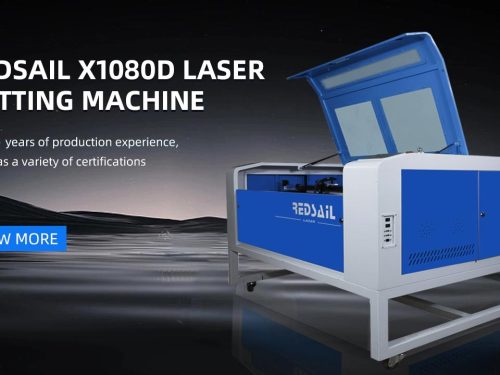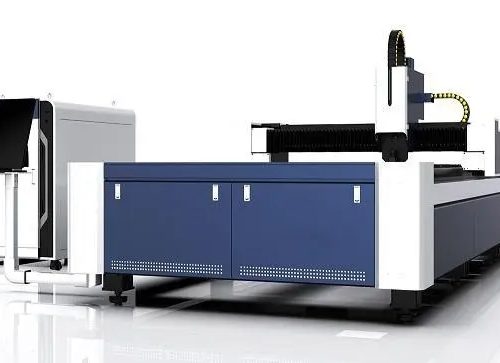
Since the advent of UV lasers, excimer lasers have dominated UV “cold processing” applications,
However, excimer technology also has many defects: all excimer lasers contain toxic gases, and the process of replacing, storing and adjusting special gases is very cumbersome.
At the same time, they are bulky, expensive, and expensive to operate and maintain;
UV laser cutting
Not only that, the excimer laser output also has problems such as large square rectangle and poor spatial quality, which seriously limit the focusing of the beam, so a mask template must be used.
Excimer lasers work well for drilling identically shaped holes in one step and repeatability (such as machining holes on inkjet printer drum nozzles), but are generally not very efficient, with only 1% of the pulses available for machining surface, while about 99% of the other light energy is lost on the stencil.
In addition, the flexibility of the mask method is limited, and the entire process must be stopped if the pattern change requires the replacement of the mask.
The application of solid-state UV lasers has always been limited by insufficient output power, which cannot meet the processing needs.
The situation has changed with the development of more reliable semiconductor pump solid state technology and a more reliable frequency triple mechanism.
The new frequency tripled semiconductor-pumped solid-state lasers are competing with excimer lasers, with comparable energy density levels but higher repetition rates and better beam quality.
Good beam quality and excellent focusing capabilities allow you to process without reticle. The beam is transmitted through a computer-controlled scanning vibrating mirror system to any position on the table) and drilled, scribed or cut by direct engraving using CAD/CAM software.










